The oceans are teeming with a vast array of delicious and nutritious sea creatures, among which tuna and mackerel stand out. These fish, enjoyed in many cuisines around the world, have distinct characteristics that differentiate them both in terms of taste and nutritional profile. In this article, we'll explore in detail the differences between tuna and mackerel, two species popular with seafood lovers.
Origin and geographic distribution:

Tuna and mackerel are both fish in the Scombridae family, but they belong to different genera. Tunas are grouped in the genus Thunnus, while mackerels mainly belong to the genus Scomber. E

n terms of their geographic distribution, tunas are generally more widely distributed and found in tropical and temperate oceans around the world. Mackerel, on the other hand, are more common in the temperate and cold waters of the North Atlantic and the Mediterranean Sea.
Size and appearance:
In terms of size, tuna are generally larger than mackerel. Certain types of tuna, such as bluefin tuna, can reach impressive sizes, often exceeding 2 meters in length and weighing several hundred kilograms. Mackerel, on the other hand, are generally smaller, measuring between 30 and 60 centimeters in length.
When it comes to their appearance, tuna have a streamlined silhouette, a pointed head, and smooth skin. They are often characterized by their dark blue color on the back and silver on the sides and belly. Mackerel, on the other hand, have a more elongated shape and are often recognizable by their characteristic stripes on the back and sides, which extend from head to tail.
Taste and texture:
Tuna and mackerel have notable differences in taste and texture. Tuna is renowned for its tender, firm flesh, with a delicate, slightly sweet flavor. Its almost melting texture makes it a very popular fish in sushi and sashimi. Mackerel, on the other hand, has firmer flesh and a more pronounced, slightly oily flavor. Its texture is denser and reminiscent of oily fish.
Nutritional profile:
Nutritionally, tuna and mackerel are both excellent sources of protein, omega-3 fatty acids, and various essential nutrients. However, mackerel stands out for its higher content of omega-3 fatty acids, making it a particularly beneficial choice for cardiovascular health. Tuna, on the other hand, contains a slightly higher amount of protein. Both fish are also rich in B vitamins, vitamin D and minerals such as selenium.
Don’t hesitate to taste them to find the differences!
Gourmet preserved seafood – Spanish cuisine (cuisinedespagne.fr)



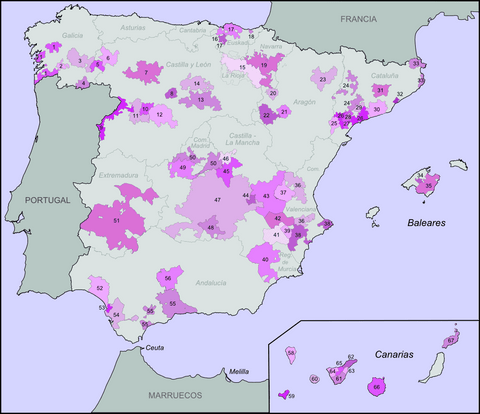

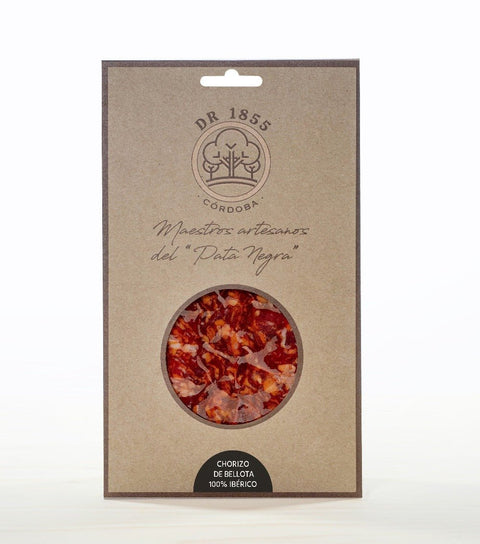

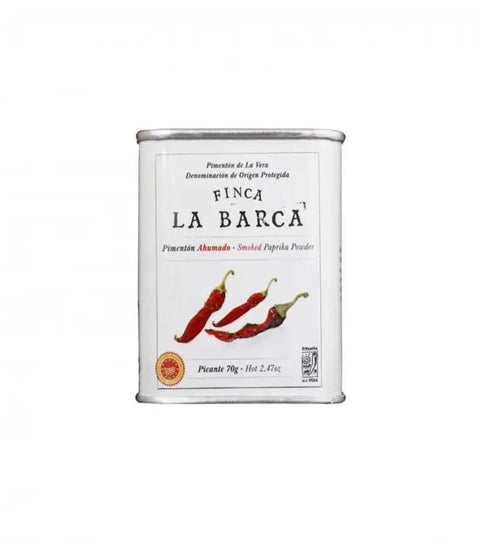


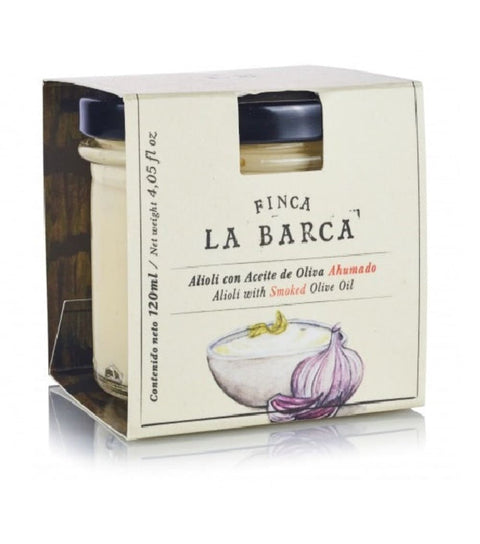
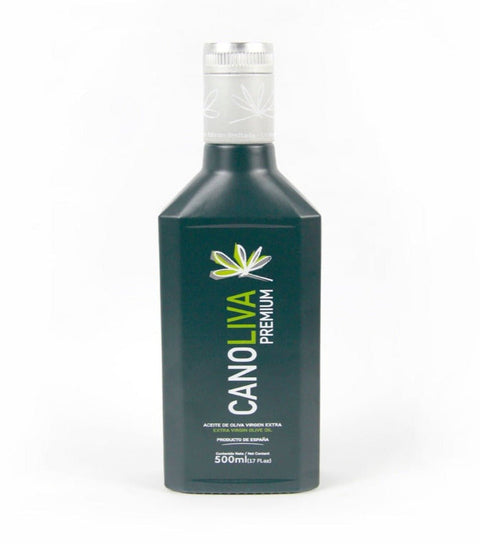
Comments (0)
There are no comments for this article. Be the first one to leave a message!